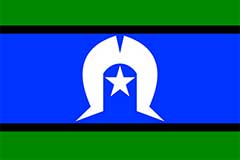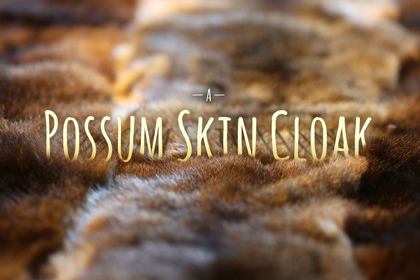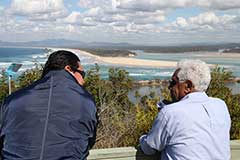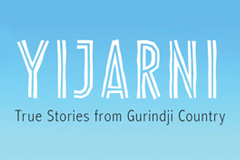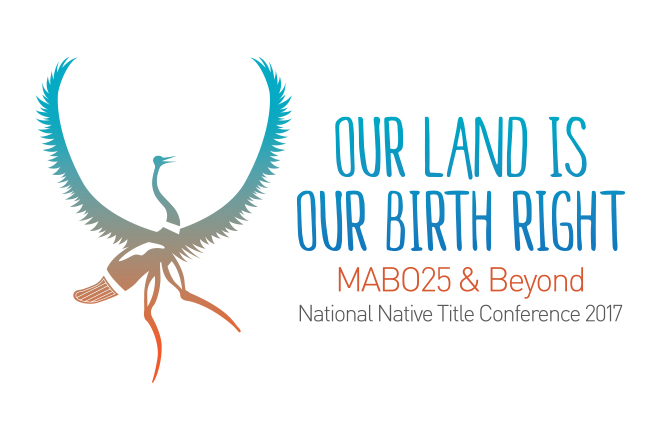Searching for records held by government organisations such as archives, registries and libraries is at the heart of family history research.
You have already …
- Read the information in Before you start.
- Developed a Research plan.
- Written down the information you know. See Start with yourself.
- Written down the information your family knows. See Start with yourself.
- Collected all of the certificates and documents that you and your family have. See Sources at home.
- Organised your information and identified the gaps. See Toolkit.
- Done some Background reading – especially checking whether there are any family histories or life stories that might be useful to you. See Background reading.
- Familiarised yourself with Finding your family resources – especially the Where to get help section to see the range of resources you can access in each state.
What’s next?
- Review and update your Research plan. (You will need to do this over and over – it’s your family history research To Do list.)
- Decide where you want to focus next.
- You might want to work back through the generations: parents, grandparents, great grandparents.
- You might want to work through either your mother’s line or your father’s line.
- Or you might be interested in finding out more about a particular ancestor or group of ancestors. See Researching one ancestor.
TIP: It really helps to narrow your focus into small chunks.
Birth, death and marriage records
If possible, starting from your own birth certificate, try to get access to the birth, death and marriage certificates of your ancestors.
- For living relatives or certificates that are not historical you will need permission or to prove your relationship to them.
- Or you could ask people to get them for you. Note that most BDM certificates cost $30–$50.
- You can also search for historical BDMs if you know the names of your ancestors and apply for the certificates.
Each BDM you receive will set off a new round of requests – each new BDM will give you additional names and dates. It will also suggest places that were significant in your ancestor’s lives.
See Birth, death and marriage records and Where to get help – contact information by state.
TIP: Don’t forget to keep track of your searches and requests.
Aboriginal protection and welfare records
Once you have found and applied for access to BDM records, you should try to track down records made by the various Aboriginal protection government agencies.
Quick searches – name indexes
- ABI. It’s worth doing a quick search in AIATSIS’s Aboriginal and Torres Strait Islander Index to see if your ancestors are mentioned in any of the missionary or protection board publications. If you find someone, this will not only give you direct information about them, you will also know that there are likely to be records about them. Search the ABI.
- CIFHS. It is also worth searching the Centre for Indigenous Family History Studies website. Here also you may find both direct information about your ancestors and knowledge that there are probably government records. Some CIFHS documents include file numbers. Search CIFHS.
- NAA. If you think any of the people you are looking for (or their partners) might have done military service, search the National Archives RecordSearch database. Military records are a rich source of family history information. See Military service records.
TIP: Don’t forget to keep track of your searches.
Contact Aboriginal records assistance teams
Since the Bringing Them Home report on the Stolen Generations, governments have staffed specific departments – most of these have a number of Indigenous staff – to help Indigenous people find records about themselves and their families.
Records made by protection and welfare boards have very personal information and very strict access conditions. The staff will guide you through their process for accessing records.
See Where to get help – contact information by state
Other types of records
Once you’ve completed the research suggested above you can start to search other types of records. You can see from list of Family history sources that there is a lot to choose from and everyone will have different pathways.
It is worth remembering that some Indigenous people went to great lengths to avoid contact with officials – this means they also avoided leaving traces of themselves in the records.
The key to making the decision is making your best guess about the kinds of officials who might have made records about your ancestor. And then searching to see what you can find.
- Use the Records checklist in the Toolkit to help you choose which records might be useful.
- Then find out more about the records in Family history sources.
- Then find out where to get them in Where to get help.
- It is also worth returning to Background reading sources and searching for any new names that have come up so far.
Family history research is slow, circular and methodical
It would be great if were easy to do family history research – but it isn’t. It’s slow, sometimes tedious and often circular.
Each new piece of information you get – like in a jigsaw puzzle – will add to the whole picture. And, normally, it will raise more questions than it answers.
It is really worthwhile to keep revisiting and updating your Research plan. It will help you to track your progress and plan the next steps.
It is also worthwhile returning to the Toolkit periodically. At the beginning it will all be overwhelming. But as you start collection information and planning what to do next, you may find the tools more useful.
